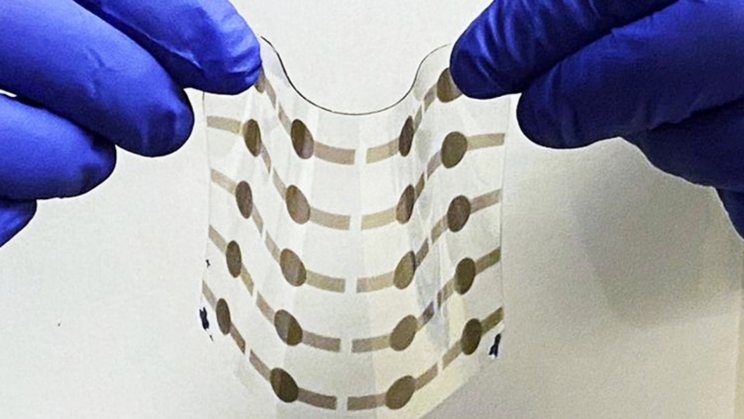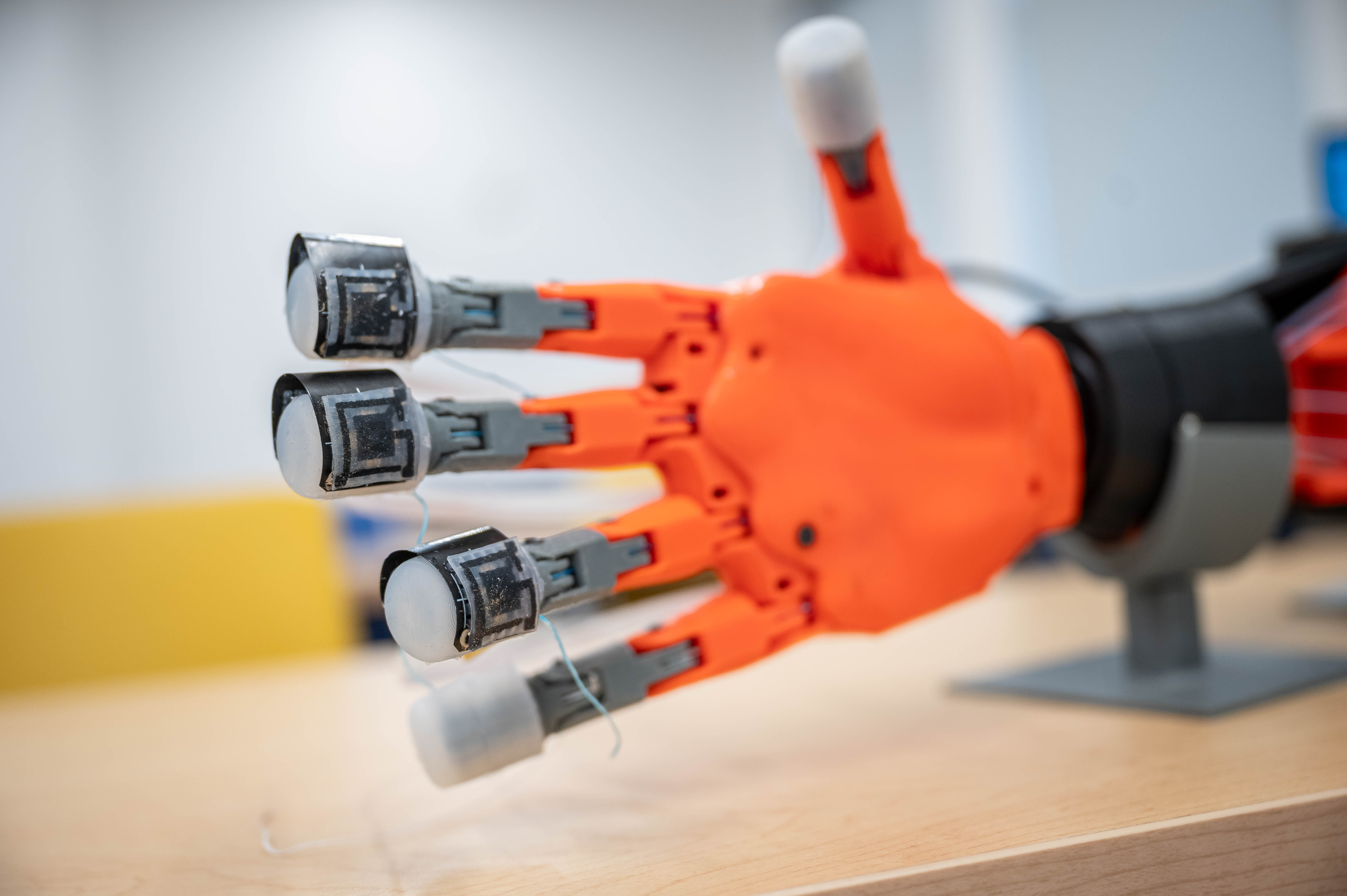Imagine building a complete home for just $1,000. It may sound like a dream, but thanks to groundbreaking technology inspired by wasps, this is quickly becoming a reality.
UNDP’s Innovative Approach
The United Nations Development Program (UNDP) has recently introduced a Crane WASP printer to construct affordable housing in Colombia, utilizing local soil and materials. Valued at approximately US$180,000, the printer is part of an effort to address the country’s housing crisis.
In Colombia, over a quarter of households face a housing shortage, with an estimated 3.7 million homes needed. Additionally, many existing homes require structural improvements.
By using locally sourced materials, the UNDP avoids the high costs of transporting materials from distant locations, which helps to reduce overall expenses.
How does it work?
Similar to how wasps build their intricate nests layer by layer, the Crane WASP deposits material to form the walls, roof, and other structural elements of a home. The printer’s nozzle moves with precision, controlled by advanced software that translates digital blueprints into physical structures.
Wasp-inspired 3D printing offers several benefits:
It makes housing more affordable through low-cost materials and efficient processes. It also reduces environmental impact by using local and recycled materials. Construction speed is faster, with homes completed in just days. Additionally, it allows for customizable and unique designs.
Impact on Communities
The potential of wasp-inspired 3D printing to address housing shortages and provide affordable homes is immense. This technology has the power to transform communities, especially in areas affected by natural disasters or poverty.
As research and development continue, we can expect even more exciting advancements in wasp-inspired 3D printing. Future possibilities include the integration of sustainable energy systems, smart home features, and the ability to print entire neighborhoods.








